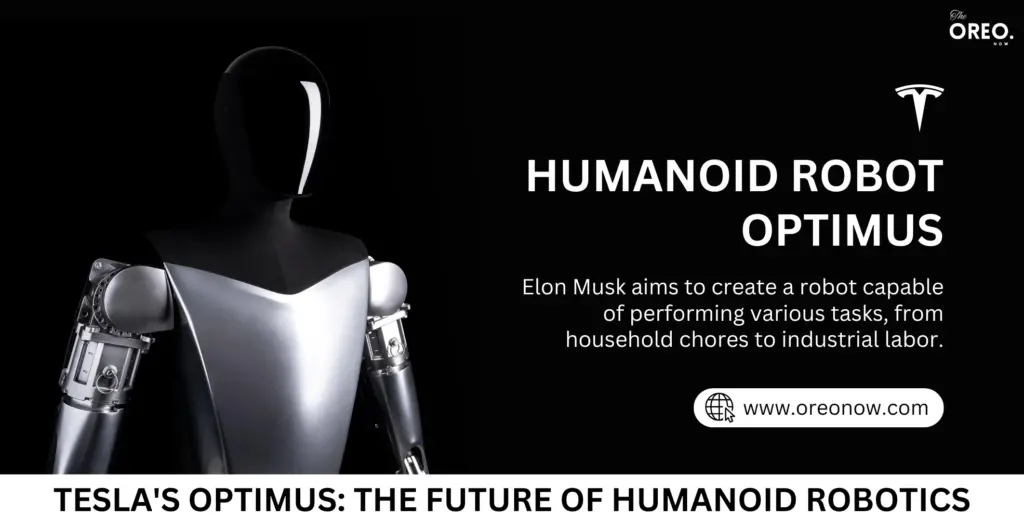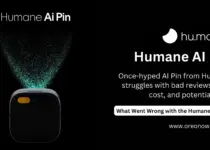Tesla Optimus: Humanoid Robot Doing Household Duties & Industrial Work

Tesla Optimus, a humanoid robot unveiled by Tesla, promises to revolutionise industries and redefine human-machine interactions. This ambitious project, spearheaded by Elon Musk, aims to create a robot capable of performing a wide range of tasks, from household chores to industrial labour.
Tesla Optimus Features
Optimus, Tesla’s groundbreaking humanoid robot, is designed to be a versatile and adaptable companion. Here are some of its key features:
Physical Attributes
- Humanoid Form: Optimus is designed to resemble a human, allowing it to interact with the world in a more natural way.
- Height and Weight: The robot is approximately 5 feet 8 inches tall and weighs around 125 pounds.
- Dexterous Hands: Optimus is equipped with highly dexterous hands, enabling it to perform tasks that require fine motor skills.
Technological Capabilities
- Advanced AI: Powered by Tesla’s Neural Network, Optimus is capable of learning, adapting, and improving over time.
- Self-Sufficient: The robot can charge itself and perform basic maintenance tasks.
- Sensory Perception: Optimus is equipped with sensors such as cameras, microphones, and touch sensors to perceive its environment.
- Real-Time Processing: The robot’s AI allows it to process information in real-time, enabling it to respond quickly to changes in its surroundings.
Potential Applications of Tesla Optimus
- Industrial Automation: Optimus could be used to automate tasks in factories and warehouses, increasing productivity and efficiency.
- Household Assistance: The robot could help with household chores, such as cooking, cleaning, and laundry.
- Healthcare: Optimus could assist healthcare workers with tasks like patient care and medication delivery.
- Personal Assistance: The robot could serve as a personal assistant, helping with tasks like scheduling appointments and running errands.
Challenges and Considerations for Tesla Optimus
While Optimus represents a significant advancement in robotics, there are several challenges that need to be addressed:
- Cost: The cost of producing and maintaining Optimus will be a critical factor in determining its widespread adoption.
- Safety: Ensuring the safety of both humans and robots will be essential as Optimus becomes more integrated into our daily lives.
- Ethical Considerations: The development and deployment of humanoid robots raise important ethical questions, such as the potential impact on employment and privacy.
How much does the Tesla Optimus Cost?
The price of Tesla Optimus will be around $20,000 to $30,000.
Optimus has the potential to fundamentally change the way we interact with technology. As the robot becomes more advanced and affordable, it could become a ubiquitous presence in our homes and workplaces. The future of human-robot interaction is exciting and full of possibilities.
Also Read: Tesla Cybertruck: Electric Pick-up Truck | Performance, Features, and Design
Also Read: Tesla Robotaxi: Fully Autonomous Electric Taxi with Advanced AI and Sensor Technology



